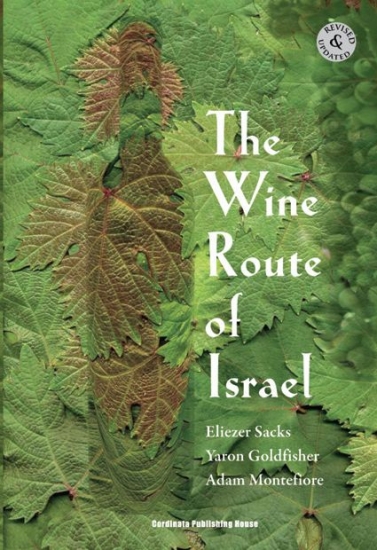
By Eliezer Sacks
Yaron Goldfisher
Adam Montefiore
Cordinata Publishing House. 2012 revised.
Israel is a small region in both area and production, but not significance. That is implied and reinforced in the 2012 revised and updated coffee-table book, Wine Route of Israel, one of only two books in English about “new wines in an ancient (wine) region" currently available.
The first 32 pages of this 250 page book provide a great introduction to Israeli wines, with articles about the history of winemaking in Israel, what wine grapes are popular in Israel and lists of which Israeli wines and wineries have won what accolades and high praise from world renowned authors and critics. The remaining 200 plus pages are separate entries by about 100 of Israel’s approximately 300 wineries, divided into eight chapters (according to geography), into different wine regions. With all of the major commercial wineries and the vast majority of award-winning and significant sizable boutiques included, Wine Route provides a great introduction and survey to anyone not familiar with Israeli wines. Each of the eight chapters starts with a map of the specific region, so it’s a good primer for anyone who wants to rent a car and visit one, a few, or several of the wineries in one day or over a few days.
The book was last published in 2008, so there are several new wineries listed since the last edition which is mostly translated from a parallel Hebrew edition. The book is resplendent with ample photos throughout, as one might expect from a coffee-table- sized tome. Yet each winery has ample space to weave a romantic, informative history and background of the winery and its current winemaker, whether the winery is kosher, and what wines and how much they’re producing from which vineyards.
With over 92% of Israel’s 35 million bottles produced by its top ten commercial producers, many smaller boutique wineries can have their wines and their stories lost in the shuffle. This book gives scores of these boutique wineries a more equal footing in getting their story out than they typically get, since they don’t have the marketing budgets to get their wines advertised as often or as prominently on billboards, in newspapers or in featured in magazines, or on the radio or television.
The font and layout are a lot crisper and more consistent than the 2008 edition, with new and more nostalgic photos from the wineries of their winemakers, vineyards, visitor centers and current labels.
One great asset is the contact information for each winery, including phone, fax, email address and website, which come in handy when trying to find out where one can buy the wine or stop by when in Israel for a visit. Often the winemakers include their personal cell phone numbers, which seems to be a uniquely Israeli display of how casual Israelis can be about things other people in other regions would be more reserved about providing. There are small maps for each winery which can get you to well-marked wineries, but often enough only get you into the vicinity when the winery has no road signs along the way or is on agricultural land, the address of which isn’t easily found by GPS or checking street signs and building numbers. Future editions may want to consider GPS coordinates which any smart phone today seems capable of providing. Thankfully, each winery has a phone number for further directions.
The extensive information, the beautiful layout and easy-to-find and interesting entries make the Wine Route of Israel a good buy for someone who wants an introduction to Israeli or even kosher wines. Those who bought an earlier edition may find the book enticing for updates on their already favorite wineries and on the up-and-coming wineries included that weren’t in the last edition. With the addition of a more significant contribution by co-author Adam Montefiore, the one native English speaker of the three authors, the book does seem to suffer less from translation problems, which are much more minor and occur much less frequently than in previous editions.
With pictures of many of Israel’s most famous winemakers and vineyards, detailed descriptions of the major players in all of Israel’s wine regions and, often, access to the winemaker’s personal contact information, it is easy to feel an intimate connection to the region, the people and the wines that could only be exceeded by an in-person introduction or extensive 'tasting, which the book might encourage the reader to explore by either buying a bottle of Israeli wine in the Diaspora or visiting a winery in the Holy Land.
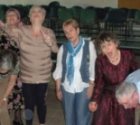 Let’s have a bit of Playback
Let’s have a bit of Playback-1372659501.jpg) Buying New Construction in Israel
Buying New Construction in Israel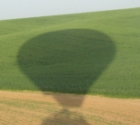 A lot of hot air - ballooning
A lot of hot air - ballooning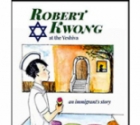 Robert Kwong at the Yeshiva
Robert Kwong at the Yeshiva  Friday Night with the Pope - A Book Review
Friday Night with the Pope - A Book Review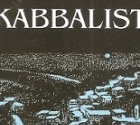 The Kabbalist - A Book Review
The Kabbalist - A Book Review  David Rhodes
David Rhodes